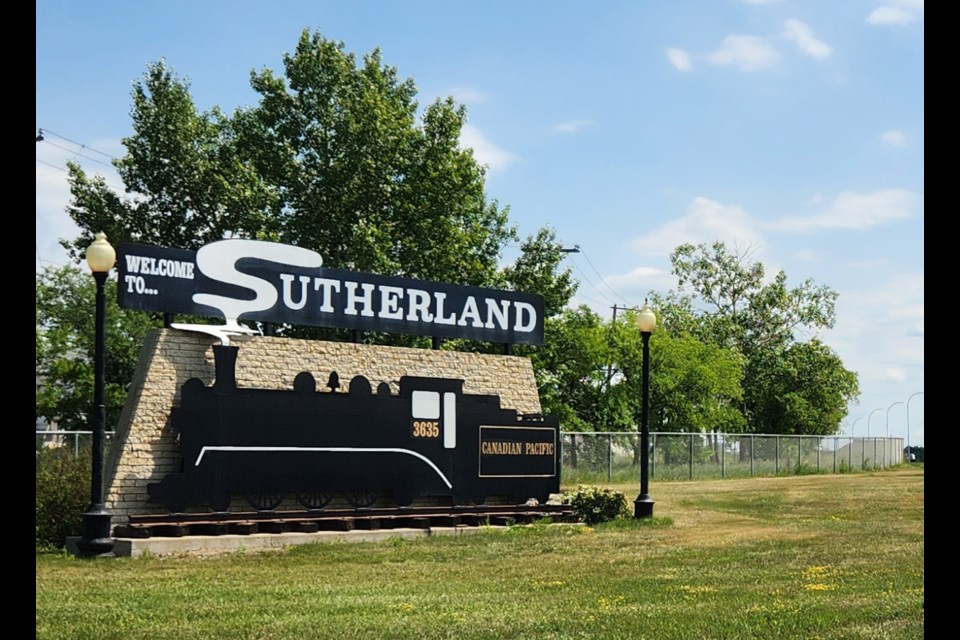SASKATOON — The City of Saskatoon Parks Department has confirmed two positive cases of Dutch elm disease in elm trees in Sutherland and one positive case in Pleasant Hill this week.
The city has initiated its DED Response Plan by immediately removing the positive trees and disposing of them at the City landfill. Increased surveillance of the surrounding area to search for stored elmwood. A sampling of symptomatic trees within one kilometre of the infected tree. Continuing regular elm surveillance and cyclical pruning of trees in parks and on boulevards
Parks staff will be conducting surveillance around impacted areas. Management of these areas includes checking every property for elm firewood or brush and removing it when found. If residents are not home, staff will remove the elm wood and leave an Elm Infraction Notice with a note indicating that the wood was removed.
As part of the Forest Resource Management Act, the Provincial DED Regulations, 2005 allow inspectors to enter private property to inspect for elmwood, remove elmwood, and sample private elm trees. According to the regulations, property owners will be asked to remove and dispose of infected elm trees.
DED is a severe disease caused by a fungus that clogs the elm tree’s water and nutrient-conducting system, which eventually causes the tree to die. DED was introduced in North America in the 1930s and has wiped out millions of elms across Canada and the United States. Elms in Saskatoon comprise 25 per cent of the public urban forest.
In Saskatchewan, the disease is spread by several species of elm bark beetles. These beetles can fly farther than two kilometres in search of elm trees. The DED fungus has tiny spores that stick to the beetle’s body. Elm bark beetles can carry these spores and infect other elm trees. Infected pruning tools can also spread the fungus.
You can help prevent DED by not pruning elms during the provincial pruning ban (April 1 to Aug. 31). You cannot bring elm wood into the city, store elm wood for more than a day, or burn elm firewood. Please always take care of elm wood at the . Sanitising tools after working on elm trees. Not building treehouses in elm trees, as the nail and screw holes can attract elm bark beetles. Reporting dead or dying elm trees or branches to the city or a professional arborist 
American elm trees with DED may start showing symptoms as early as June. Typically, the leaves will begin to wilt and turn yellow, then curl and turn brown. If you suspect an unhealthy elm tree or are unsure what type of firewood you have, take a photo and complete the online form at  or call Urban Forestry at 306-975-2890.
For more information on DED, visit .



